No products in the basket.
No products in the basket.
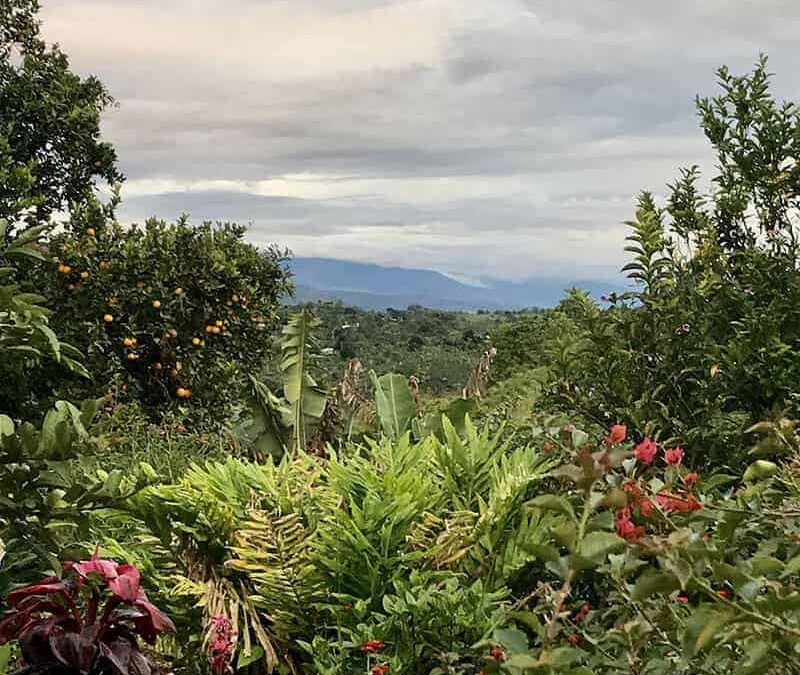
Colombia
Our Neighbourhood
There is a new-found appreciation for the size and scale of the coffee industry, for the sheer amount of hard work that goes into getting coffee from the farm to the cafe, the office or the home, and the chance to interact and meet with those who produce the magical bean is unparalleled.
The purpose of going to visit origin can be different – sometimes we go to build on existing relationships, sometimes we’re taking some of the team or wholesale customers, and others we’re travelling with traders to find some farmers and exporters and explore starting a relationship.
This trip was the latter, and we were travelling with our good friends at Cafe Imports, a coffee importer and exporter based in Minneapolis, Berlin and Melbourne. They’ve been working in Colombia for over 20 years and work with a Colombian exporter called Banexport, who are one of the leading specialty-focused exporters in the country, and are working on pretty awesome stuff.
Some coffee roasters might give you the idea that they turn up at farm gates, organise purchase prices with the farmer, and then bring the coffee home in a suitcase. The reality is far different! It’s a world of samples, tasting sheets, purchase contracts, insurance documents, bills of laden, shipping documentation, and a host of other things. Moving multiple tonnes of coffee halfway across the globe is a complex business, but it does all begin with meeting farmers, and tasting coffee, which this what this trip was all about.
Our destination and base for the trip was Popayán, the regional capital of Cauca state. It’s been a cultural and trade centre for centuries, originally a transfer point for Spanish gold headed for Europe and a midpoint between Lima, Quito and Cartagena. Popayán still has a Colonial-Era centre, and is known as ‘The White City’ because of the distinctive architecture & colour of many buildings in the centre.
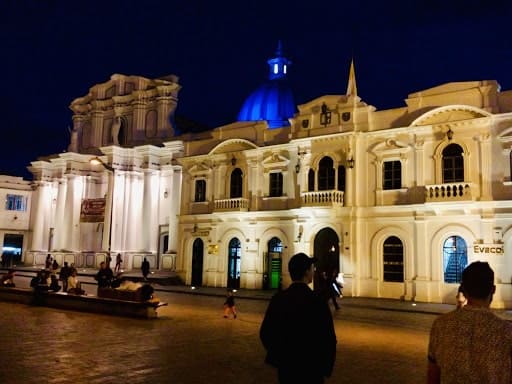
After arriving in Popayán, we headed straight out to visit two farms, about an hour northwest of the city in the Pendamo region. This part of Cauca is divided into various areas; Piendamo, Cajibio, Argelia, Caldono, Timbio, which are mostly named after the towns and administrative districts.
After loading up with our driver, and also being introduced to Paola Trujillo, who was our guide for the week and is a regional manager for Banexport in Narinõ, another of Colombia’s coffee growing regions, we hit the Pan American Highway, which runs straight through Popoaya, and headed for the first of two farms.
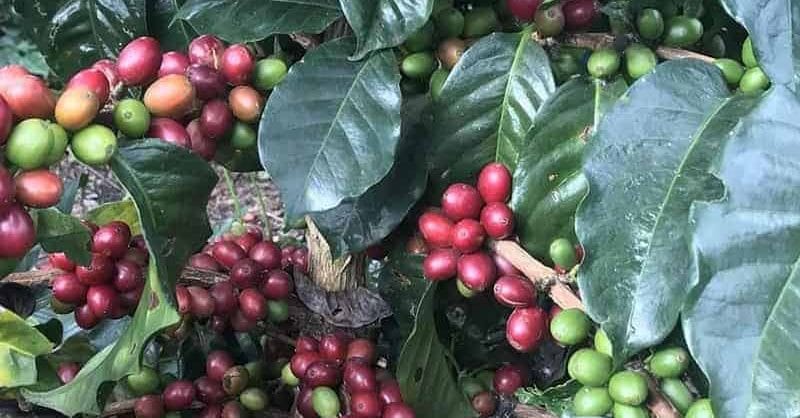
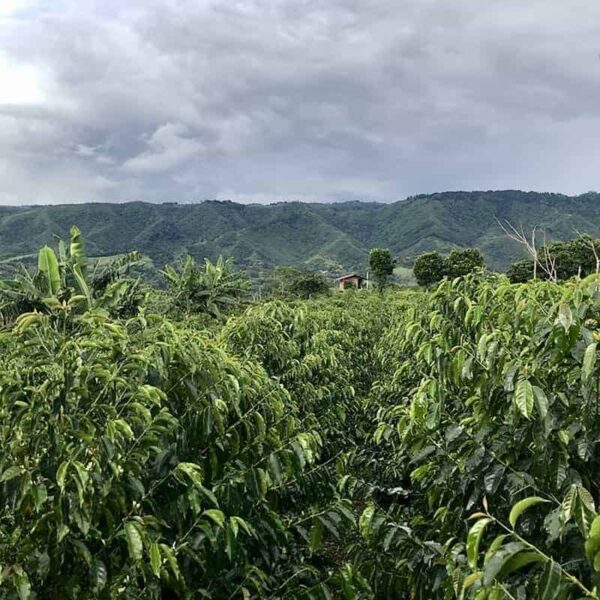
The land that is now Finca Beracá used to be a cattle farm, so the soil has been fertilised by the cattle for generations. The richness of the soil was evident in the staggering height of trees that were only 2 years old, and which were already bearing copious amounts of coffee cherry. The Sarrias planted 30,000 trees over the two-year period since buying the land, and every hectare is divided into different tablons – defined areas where different varietals grow. 16 hectares is a sizeable farm in Cauca, where most farmers tend to have a few hectares.
At Beracá, the Sarria family grow Pink Bourbon, Orange Bourbon, Castillo, Geisha & Colombia varietals, all in defined plots. The sweetness and ripeness of the cherries was easy to test, just pick one and eat it, remembering not to eat the seeds (the beans). Coffee fruit tastes sweet, and a little pulpy, like over-ripe berries, but the difference between the subtle jasmine aroma of Geisha cherries, versus the more berry aromas from the Bourbon cherries was certainly worth noticing.
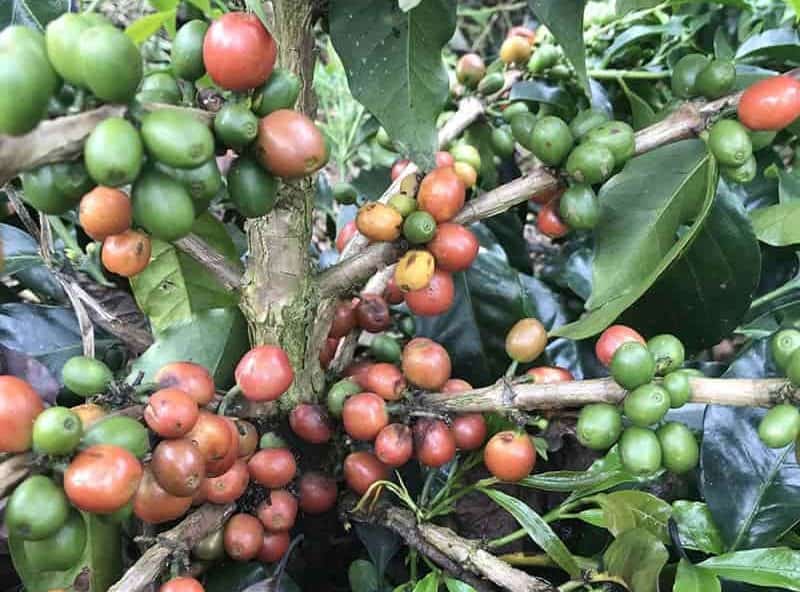
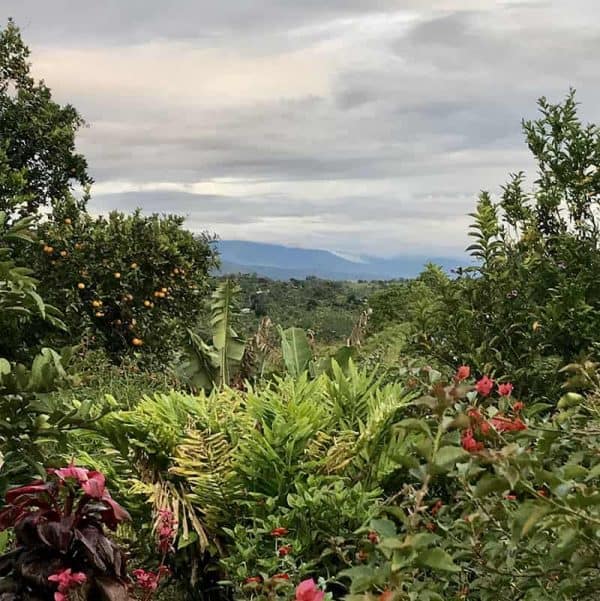
The family HQ is at Finca Cristalina, a 20 hectare farm that has been in the family for two generations. Situated a short drive away from Beracá, Cristalina is where the Sarria family process their coffee in the beneficio, the on-site coffee processing mill, which is sited about 20 yards from the main house. Much of the processing will go on in the evenings and at night when the harvest season is in peak flow.
The beneficio consists of a big cherry hopper, situated over a de-pulper, which strips the skin and some of the fruity mucilage layer from the cherry, and leaves behind the seeds (beans), a papery layer called the parchment, and some fruity mucilage. Various tanks exist for floating the freshly picked cherries (defective cherries float, and so are removed), fermenting the coffee – either in cherry form prior to de-pulping, or following de-pulping – and a network of channels for rinsing and moving cherries around are dug into the floor, all lined with tiles to ensure easy cleaning and rinsing.
Milton and his family tend to process their cherries in the following way, though they are working with a team of experts at Banexport to find the optimum processing methods, as well as exploring novel techniques. The freshly-picked cherries are floated, and then left for a 24hr ferment time. Yeasts present in the air will start the fermentation process, and the temperature in the midst of the pile of cherry will start to rise. After 24 hours, the cherries are depulped, and then left for another 36 hours for the yeast to get to work on the mucilage that surround the parchment. Following this, the parchment is washed 4 times in order to get rid of any traces of the fruity layer, before being rinsed and moved to the parabolic dryer. Think of a giant polytunnel, and you’ve got the idea.
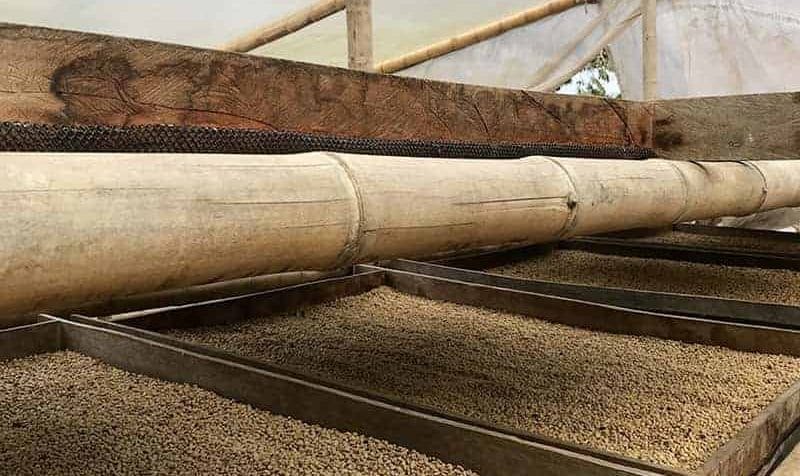
The Sarria family also have a mechanical dryer on site in order to ensure that all coffee that leaves the benificio has a consistent moisture level. Drying times in the parabolic dryer will naturally be affected by weather, temperature, humidity and suchlike. A moisture level of between 11 and 13% will ensure the coffee has a much longer shelf life, which means the quality inherent will survive the onward journey to the dry mill, the port, the ocean transit and the next leg to the roaster.
Between Finca Cristalina & Finca Beracá, the family produce about 650 kg of green coffee, about 45 metric tonnes. This won’t all be specialty-grade, and the lower, commercial-level grades are sold into the commercial market. Banexport arrange this, as well as find homes for all the various grades, from the very top lots, which are sold as microlots to the middle-of-the-road speciality-grade lots that are often blended into regional blends. For a farmer to have an export partner that will take all of their coffee is a big plus, and it removes the onerous task of finding a market themselves, as well as the inevitable sifting of offers from local traders, big multinational offices, and everyone in between.
Banexport have also helped the family with new processing techniques, some better agronomy practices, and some specific training on when to instruct the picking of different varietals to ensure maximum sugar levels in the cherry. We cupped (tasted) some of the family’s coffee later on in the week, and the results were pretty awesome. So awesome in fact, that we purchased a small lot of their Castillo from Finca Cristalina, Castillo is a varietal that has 1/20th part robusta (the coffee type that is used in instant coffee), and to find Castillo that tasted so good was a big surprise.
After they showed us around their operations, answering our daft questions, and giving us more details on how they harvest, how many itinerant workers they support, and their plans for both Fincas, we sat with the family on their veranda, looking out over the edge of one of the plantations, watching the coffee trees sway in the gentle breeze, listening to the birdsong, and chatting away whilst the sun set. Tough gig? Not so much.
Neighbourhood Coffee needs your consent to use cookies on this website. We use cookies to better understand what visitors do on the website and where they come from.
You can read more about this on our Privacy & Cookie Policy.
Please select your cookie preferences.